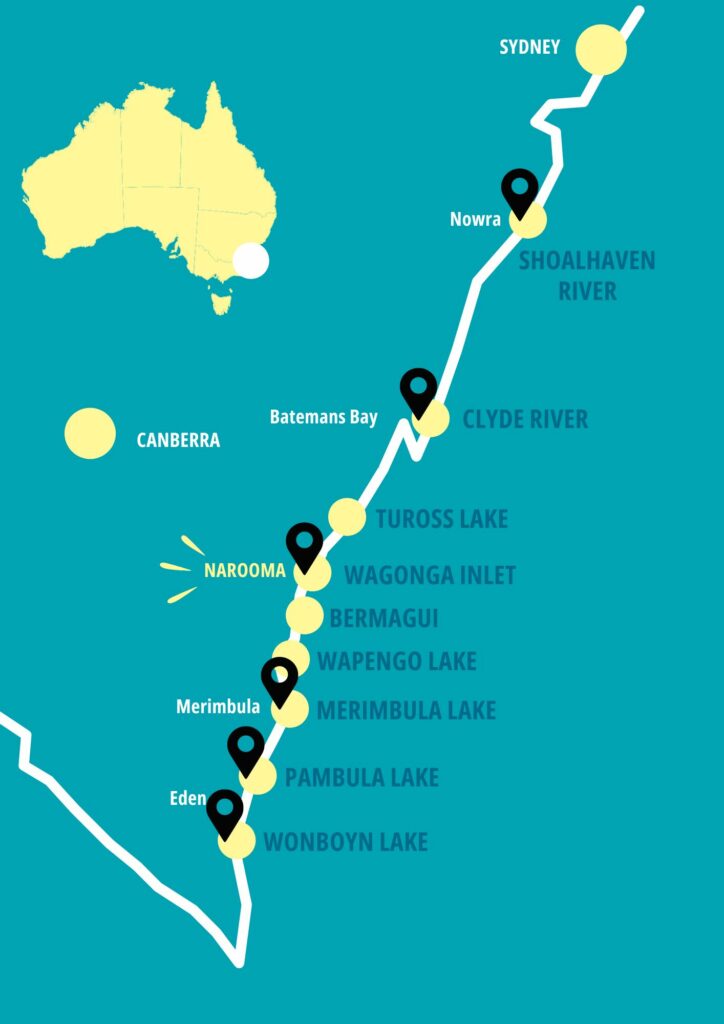Once you eat the oysters with merroir in mind, and look around to see what that estuary is all about you will see the impact on the flavour. After that you can never go back to simply saying, ‘I’ll have an oyster thanks’.
Like many in the food world, John Susman has plenty of opinions.
The difference is, when he speaks, people listen. So when the co-author of the Australian Fish and Seafood Cookbook, host of the award winning Fishtales Seafood Podcast and long-time Chair of Judges of NSW’s best oysters at Sydney’s Royal Easter Show, says the Rock Oyster is “without a doubt the king of the oysters,” foodies inside and outside the industry pay attention.
While Susman doesn’t dislike Pacific Oysters, which make up 97 per cent of the world’s oyster harvest, he says they’re not a patch on the Rock variety.
“I notionally reckon they are the Sauvignon Blanc of oysters, while the Rock Oyster is the Chardonnay,” Susman says. The wine analogy is not out of place. “Terroir” is the expression used to explain a wine’s unique environmental conditions, it’s “place on the earth” so to speak.
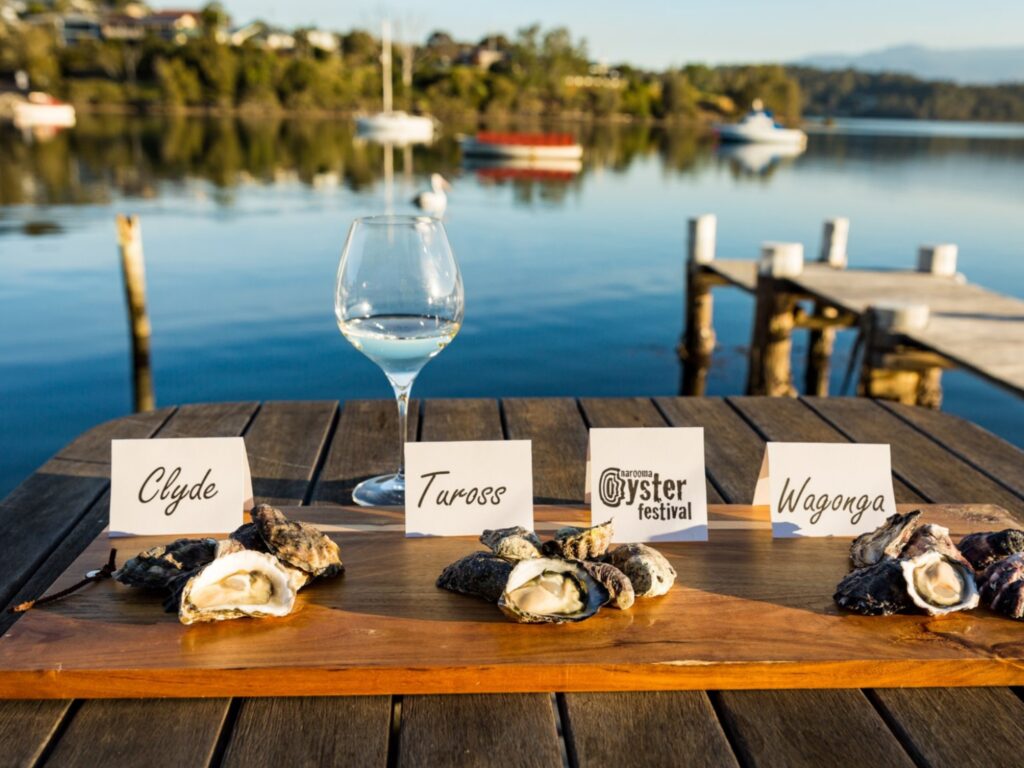
The Rock Oyster, found only along around 1500 kilometres of Australia’s east coast – including the inlets and waterways from Batemans Bay to Narooma – is finally becoming known for its “merroir,” the ability to determine the provenance of oyster crops according to their unique growing conditions. It’s here both the Rock Oyster and the Eurobodalla Coast shine.
“The Rock Oyster has an ability to interpret its merroir in a way that a Pacific Oyster could never achieve,” Susman says.
Combine this with what Susman calls the “amazing micro geography” of the New South Wales South Coast, and it’s easy to understand why he believes the area’s oysters have a big future.
“I think it has capacity to be the Barossa or Yarra Valley of Australia in terms of oysters,” he says.
“The area has incredible estuaries with unique environmental conditions, including the meeting of northern currents and the cold water, with its heavy nutrients, coming in from the sub-Antarctic,” says Susman.
“When you combine that with the run off from the Snowy Mountains it’s a unique confluence that creates this incredible microclimate for oyster growing.”
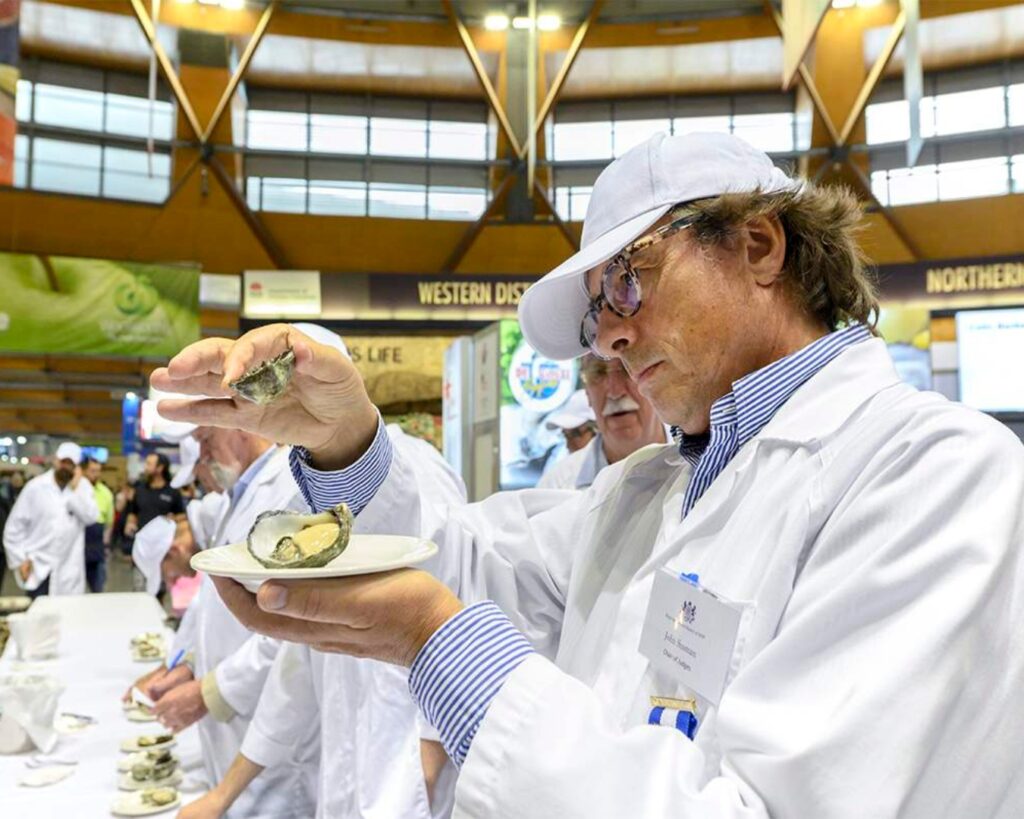
The flavours within an oyster are said to have five distinctive “pit stops:” brine, creaminess, sweetness, mineralisation and umami.
Brine is impacted by salinity levels; creaminess is linked to the timing of the oyster’s reproductive cycle, which in turn depends on water temperature and algal concentrations; sweetness comes from the size of the oyster’s adductor muscle; mineralisation–directly related to the concentrations of trace minerals like zinc, copper, iodine and magnesium–forms part of the oyster’s ‘finish;’ while umami (a Japanese term) is the elusive savoury flavour residing in an oyster’s protein.
The key to a great tasting oyster lies in balancing these five flavour components.
“You don’t want it to be overly briny or for its sweetness to be the exclusive stand out point,” says Susman.
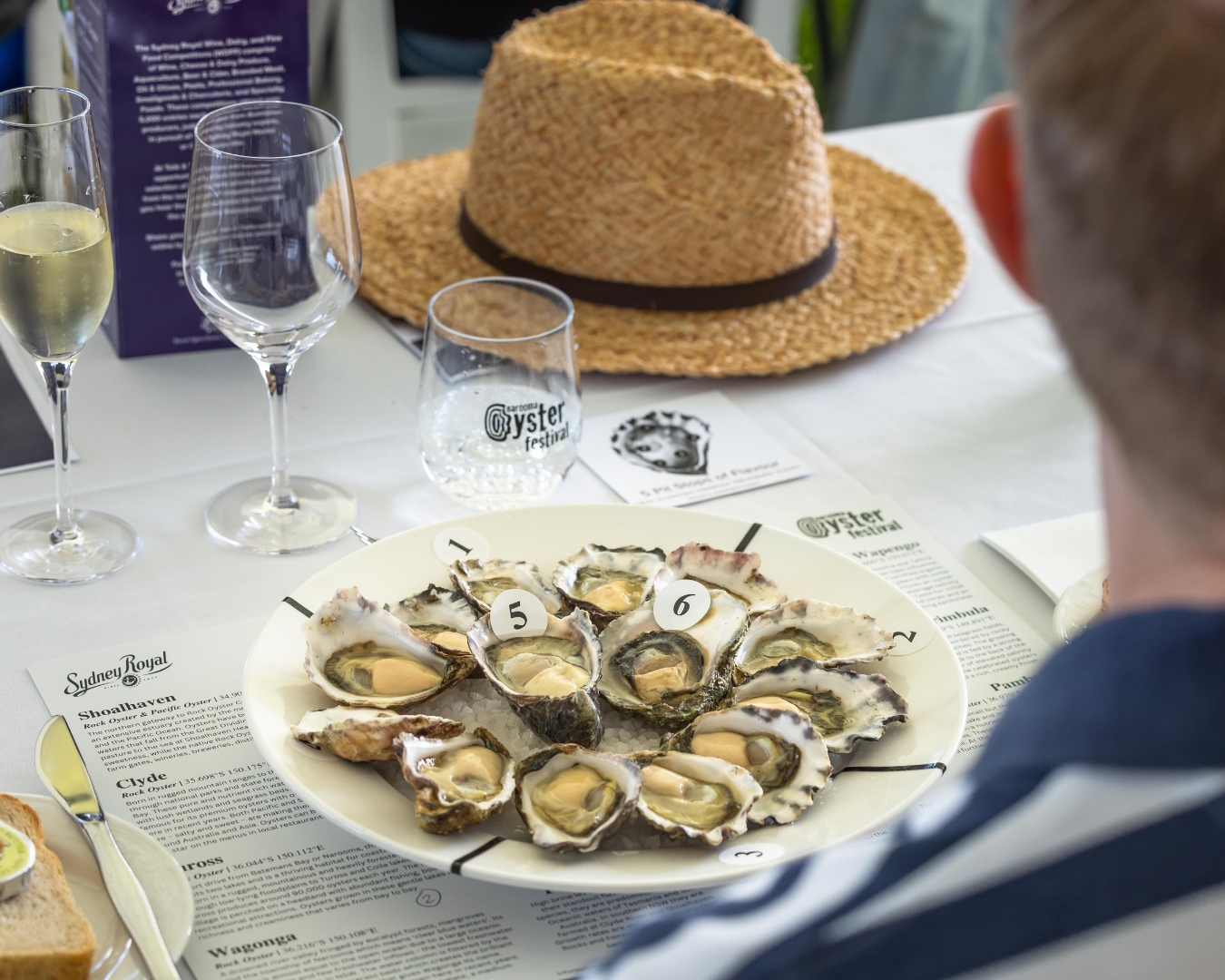
In the Eurobodalla the Rock Oyster’s merroir is evident to both experts (and keen foodies) as well as local farmers, who might start a crop in one estuary before finishing it in another in order to subtly impact the final flavour. Brine is a good example.
“A more oceanic oyster like those from Merimbula Lake or Tuross Lake will have higher salinity than oysters from the Clyde River. The brine [salinity] levels vary dramatically: in the Clyde there is lower brine, but the umami characteristics are higher,” Susman explains, going on to note that beyond this, hundreds of other factors feed into an oyster’s merroir.
“Is it from a sea grass bed or a muddy or sandy sea bed? Has the run off from the surrounding landscape come through forest or savannah?” he says. Each creates myriad potential for flavour and texture.
The mineralisation component of flavour is another of the Rock Oyster’s more unique characteristics. Susman says he’d be “struggling” to find either umami or mineralisation if judging a Pacific oyster.
For him, it all adds up to proof that his strong opinion – that the Eurobodalla and NSW south coast’s Rock Oyster market is set to explode – goes way beyond hyperbole. And if that’s not enough, perhaps a medal count is.
“In my 25-year experience as oyster judge, I’d say the gold medals and performance of the south coast of NSW speaks for itself,” Susman says.
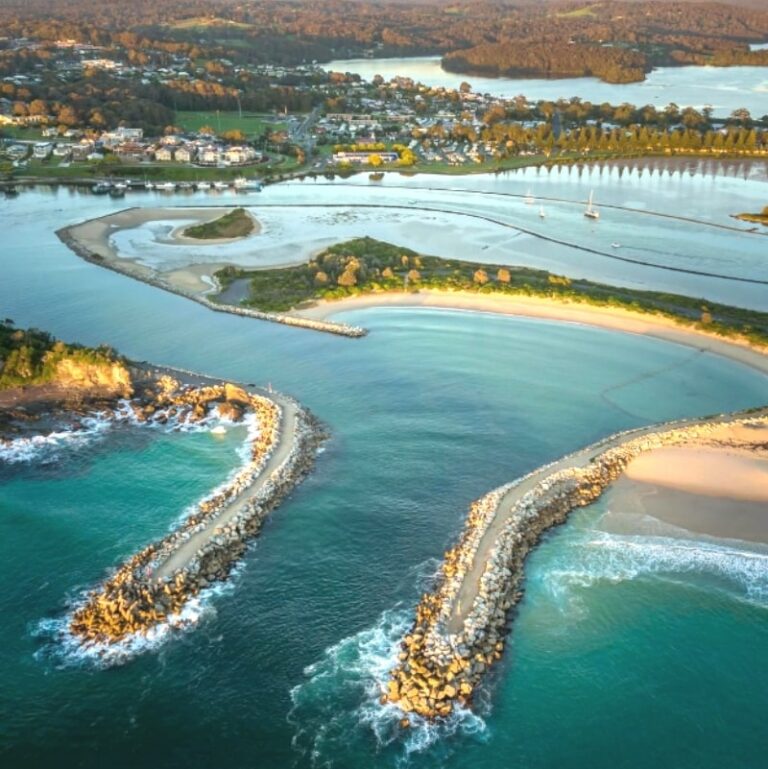
Either way, for Susman, once oyster lovers discover the concept of merroir, it becomes a light bulb moment.
“It gives everyone the opportunity to embrace the idea of oyster appreciation as part their discovery of a region. Once you eat the oysters with merroir in mind, and look around to see what that estuary is all about you will see the impact on the flavour. After that you can never go back to simply saying, ‘I’ll have an oyster thanks’.”
At the festival, John Susman hosts the Ultimate Oyster Experiences and calls Australian Oyster Shucking Championships.
You can also hear riveting conversations with oyster growers and fishers from all over Rock Oyster Country and the world in his award winning podcast Fishtales, A Seafood Podcast by Deep in the Weeds.
Thanks to Eurobodalla Tourism for collaborating on this blog!
